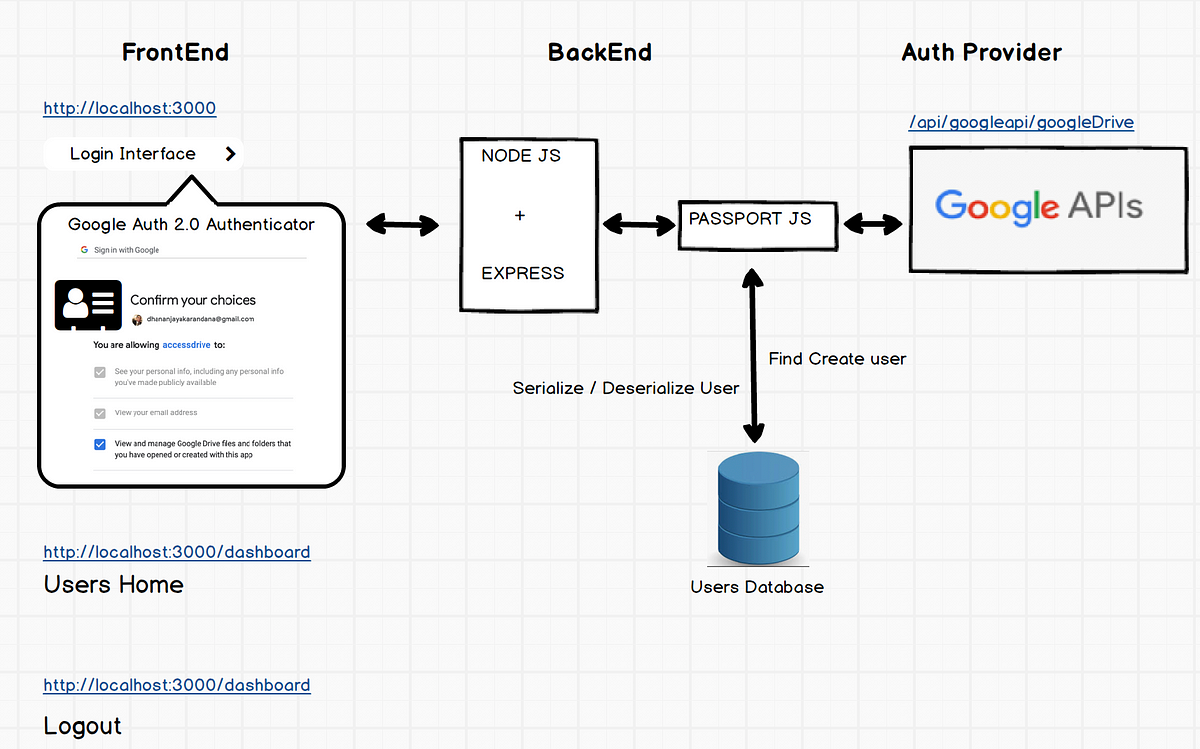


If you open your Google Drive, you should see a hello_word.txt file with hi inside.Import java.io.FileInputStream import java.io.FileNotFoundException import java.io.IOException import java.io.InputStream import java.io.InputStreamReader import import import import. import .2.AuthorizationCodeInstalledApp import .2.LocalServerReceiver import. import. import. import. import .json.JsonFactory import. import. import .drive.Drive import .drive.DriveScopes import. import .drive.model. Expect the following log from the console: I/flutter (12091): Upload result: 'Instance of 'File' Run the app and tap on the plus button again. The magic numbers 104, 105, if you look them up in the ascii table, correspond to the ascii code for "h" and "i". Instead, we create an input stream from "hi" directly and upload it to Google Drive as a file "hello_world.txt". Needs to be enabled on the uploader detail page before using. But in the spirit of keeping this demo simple, we’ll skip that. The following methods can be called on the DriveUploader instance: setCustomMetadata (key, value) set custom metadata to be passed back to the webhook setCustomSubfolderName (name) specify name of custom subfolder where the uploaded files should be placed. So, let’s go ahead and write a Python script to do that. It is a REST API that allows you to leverage Google Drive storage from within your app or program. Normally, we’d open a file as a mediaStream, and upload that to Google Drive. In this article, we are going to see how can we download files from our Google Drive to our PC and upload files from our PC to Google Drive using its API in Python. final Stream> mediaStream = Future.value().asStream().asBroadcastStream() var media = new drive.Media(mediaStream, 2) var driveFile = new drive.File() driveFile.name = "hello_world.txt" final result = await (driveFile, uploadMedia: media) print("Upload result: $result") Create HTML Form The HTML form contains a file upload field that allows multiple files to be uploaded. final authHeaders = await thHeaders final authenticateClient = GoogleAuthClient(authHeaders) final driveApi = drive.DriveApi(authenticateClient) įinally, let’s upload a file.

Now we create a GoogleAuthClient with the auth headers from the user account above, and then use that to create a Google Drive API object DriveApi. This is what the function looks like: void _incrementCounter() Open main.dart, and locate the _incrementCounter() function, which is invoked when the user taps on the plus button. We put any here for the demo app, but you should specify the version(s) for your actual app. Open pubspec.yaml file and add these following as the dependencies: dependencies: googleapis: any google_sign_in: any


 0 kommentar(er)
0 kommentar(er)
